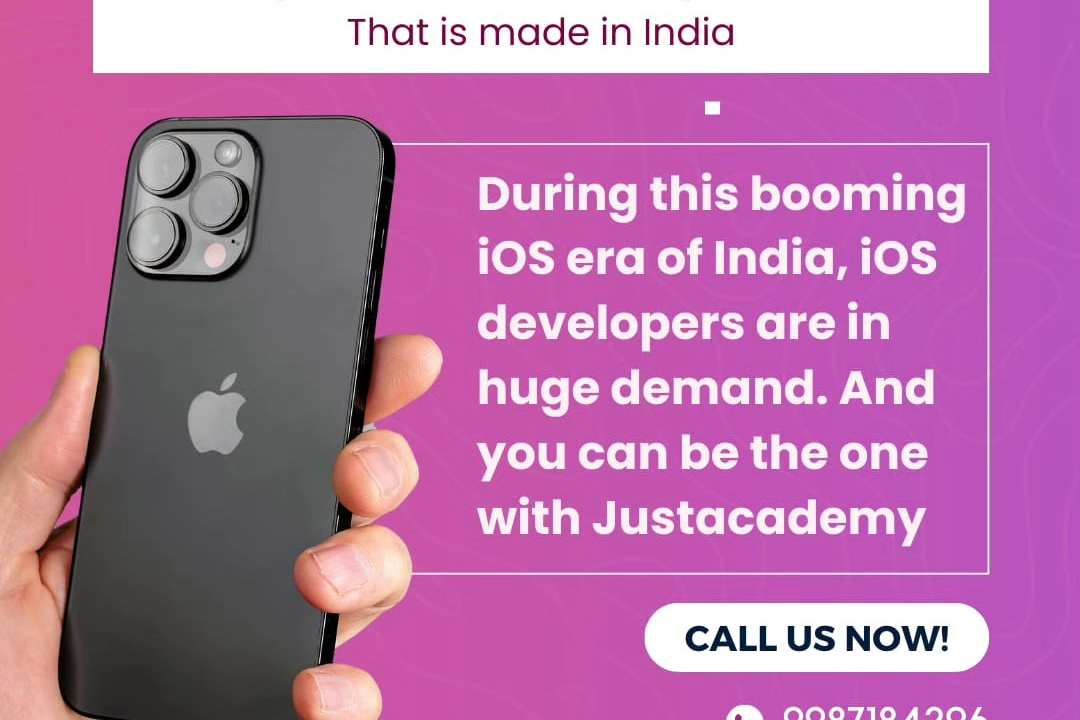Flutter Code Collaboration
Enhancing Team Efficiency: Flutter Code Collaboration Techniques
Flutter Code Collaboration
Flutter code collaboration involves using version control systems like Git to enable multiple developers to work on a Flutter project simultaneously. With tools like GitHub, GitLab, or Bitbucket, teams can manage their code repository, track changes, and merge contributions effectively. Flutter's hot reload feature allows collaborators to see changes in real-time, enhancing productivity during development. Additionally, the use of IDEs like Visual Studio Code or Android Studio, which support Flutter plugins, facilitates seamless integration, code reviews, and collaborative workflows through features like pull requests and branching, ensuring a smooth and efficient collaborative coding experience.
To Download Our Brochure: https://www.justacademy.co/download-brochure-for-free
Message us for more information: +91 9987184296
1 - Version Control Systems (VCS): Introduce students to using Git, a popular VCS for tracking changes in Flutter projects, enabling collaboration among multiple developers.
2) Branching Strategies: Teach students about effective branching strategies (like Git Flow or feature branching) to manage different features, bug fixes, and releases in the Flutter app development lifecycle.
3) Pull Requests (PRs): Explain the process of creating pull requests in platforms like GitHub or GitLab, which allows team members to review code, discuss changes, and merge contributions into the main codebase.
4) Code Reviews: Emphasize the importance of code reviews for maintaining code quality, encouraging best practices, and learning from peers through constructive feedback.
5) Continuous Integration (CI): Introduce CI tools (like GitHub Actions, Travis CI, or Codemagic) that automate the building and testing of Flutter apps after changes are pushed to the repository.
6) Collaboration Tools: Familiarize students with collaboration tools like Slack, Discord, or Microsoft Teams that facilitate communication among team members working on the Flutter app.
7) Documentation: Stress the importance of clear and comprehensive documentation (using tools like Markdown) for onboarding new team members and providing insights into code functionality.
8) Code Quality Tools: Teach about static analysis tools (like Dart Analyzer) and linters that ensure code adheres to styling and quality standards, making collaboration smoother.
9) Flutter Packages: Discuss the use of Flutter packages from pub.dev, allowing teams to leverage reusable code and libraries, enhancing collaboration through shared resources.
10) State Management Solutions: Introduce students to state management approaches (like Provider, Riverpod, Bloc) that help in structuring code and making it easier for teams to collaborate on data flow and UI states.
11) Testing Practices: Highlight the importance of testing (unit, widget, and integration tests) in collaborative projects to ensure that new changes do not break existing functionality.
12) Agile Methodologies: Explain Agile practices such as Scrum or Kanban, which can be employed to manage work in a collaborative environment, allowing for iterative development and team accountability.
13) Pair Programming: Encourage pair programming as a collaborative practice that enhances code quality and team synergy, allowing team members to learn from each other in real time.
14) Conflict Resolution: Teach strategies for resolving merge conflicts in Git, an inevitable part of collaboration, so students know how to handle disagreements in the code.
15) Architectural Patterns: Discuss architectural patterns (like MVVM or MVC) that facilitate better collaboration by organizing code in a way that makes it easier for multiple developers to work together without stepping on each other's toes.
16) Event Tracking and Analytics: Introduce tools for tracking user interactions and performance analytics (like Firebase Analytics) in collaborative projects, helping teams make data driven decisions.
17) Deployment Workflow: Teach students about deployment strategies (like using CI/CD pipelines) that enable collaborative teams to push updates to production smoothly and efficiently.
18) Community Contribution: Encourage participation in the Flutter community through open source contributions, allowing students to collaborate with developers worldwide and improve their skills.
This outline provides a structured approach to teaching Flutter code collaboration, focusing on practical skills and theoretical knowledge that will be beneficial for students in their development careers.
Browse our course links : https://www.justacademy.co/all-courses
To Join our FREE DEMO Session: Click Here
Contact Us for more info:
Integrating Location Services In Apps
Flutter Training in Warud
Java Functional Programming Mumbai
iOS Programming Class
Android Training Atmakur











